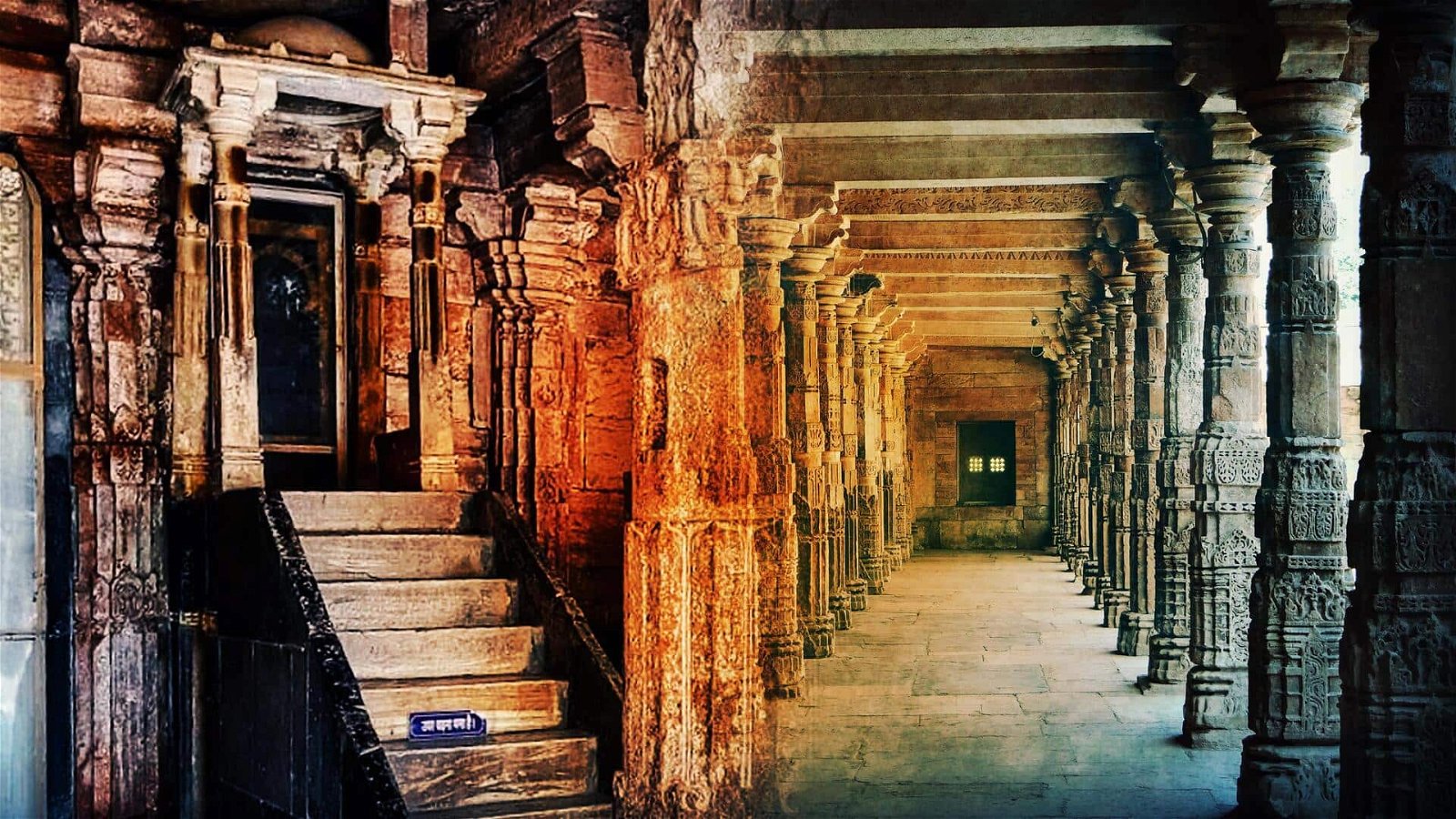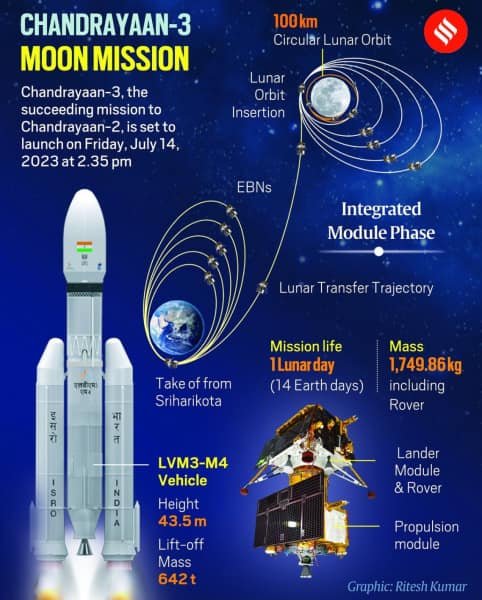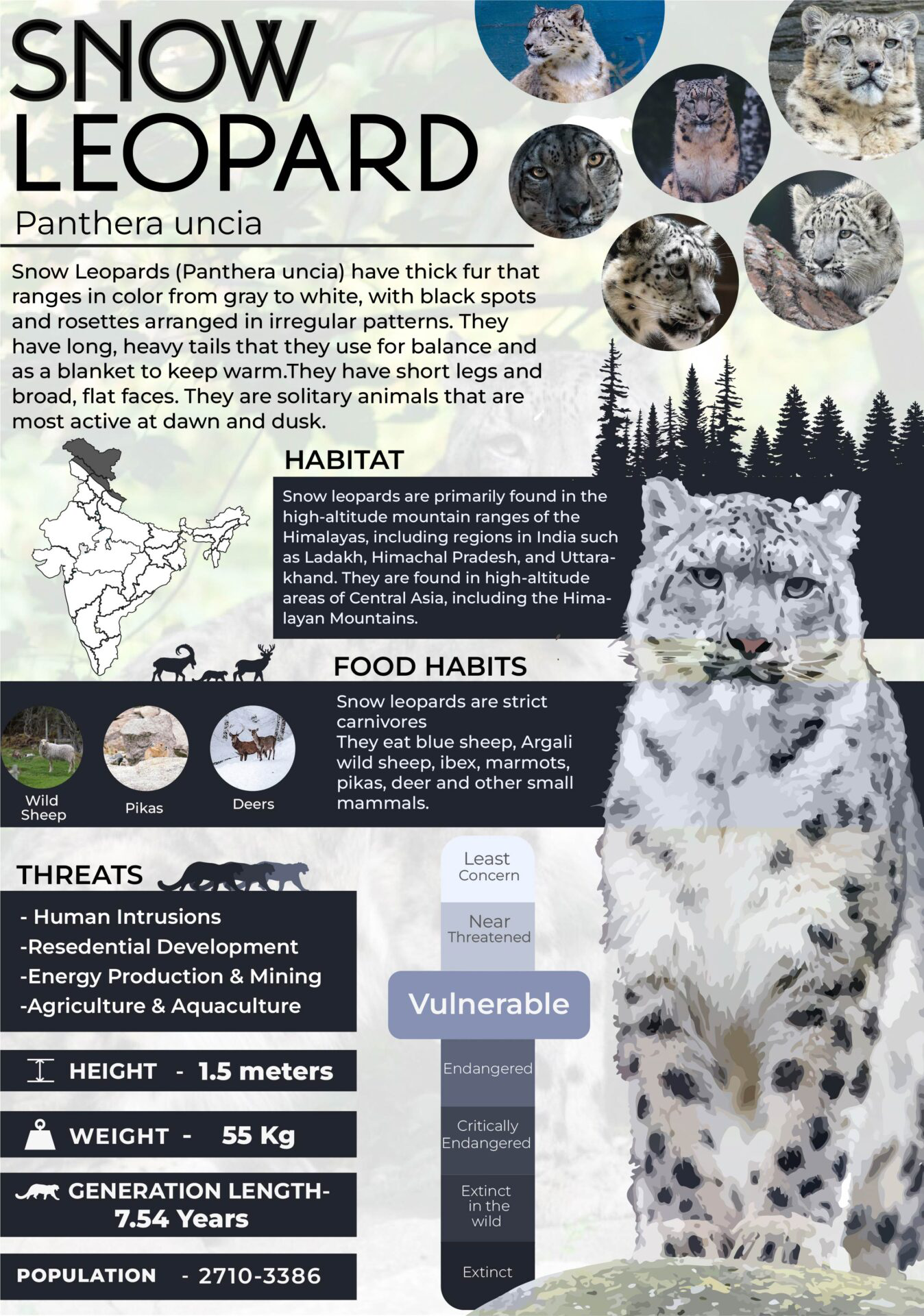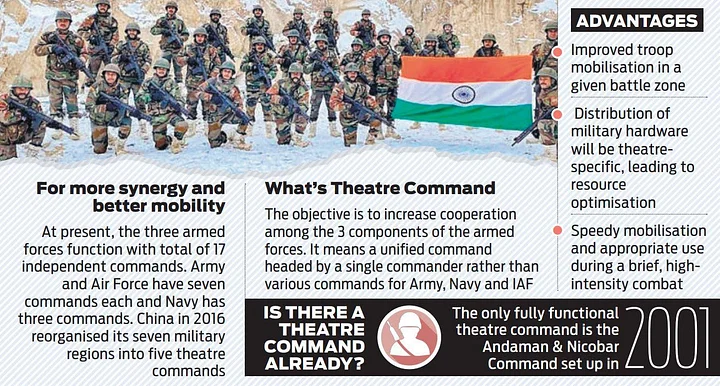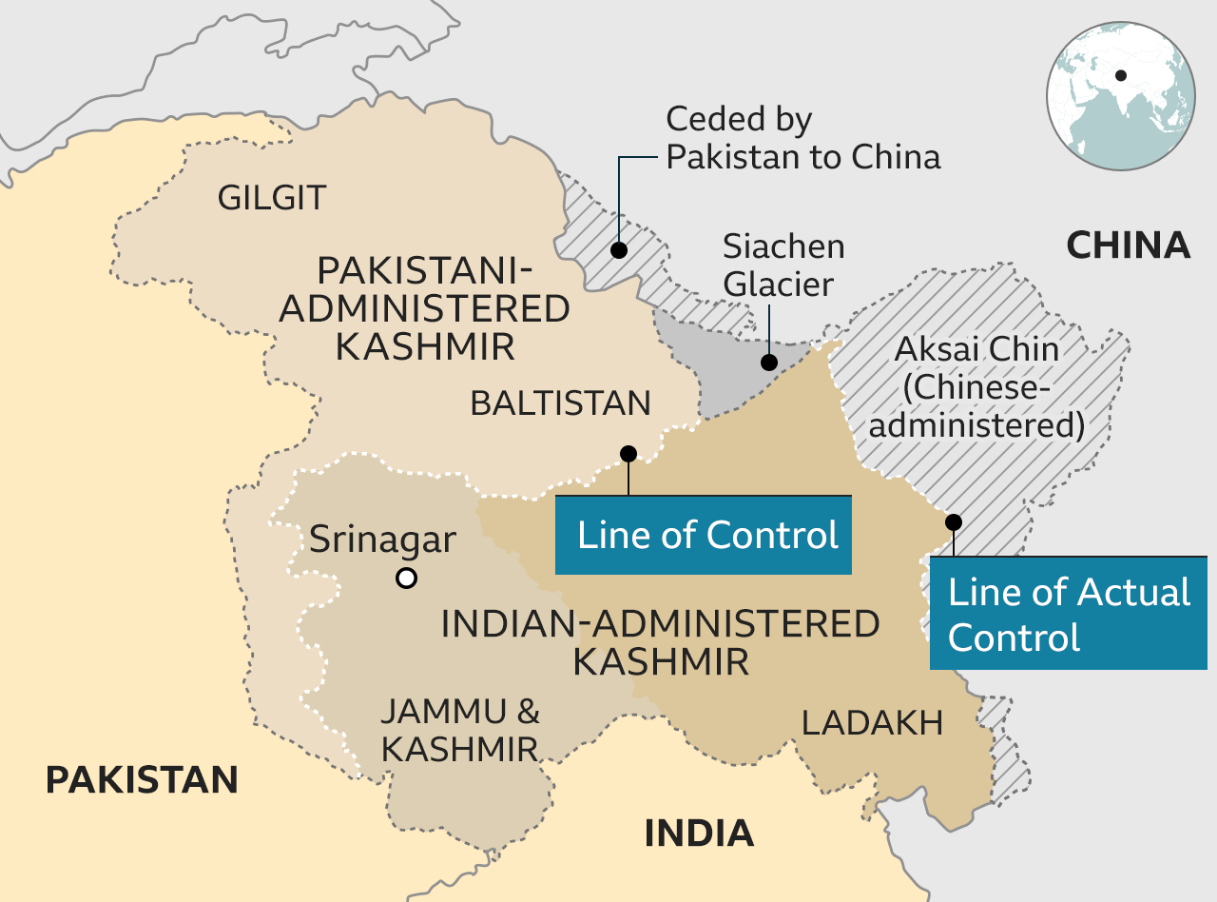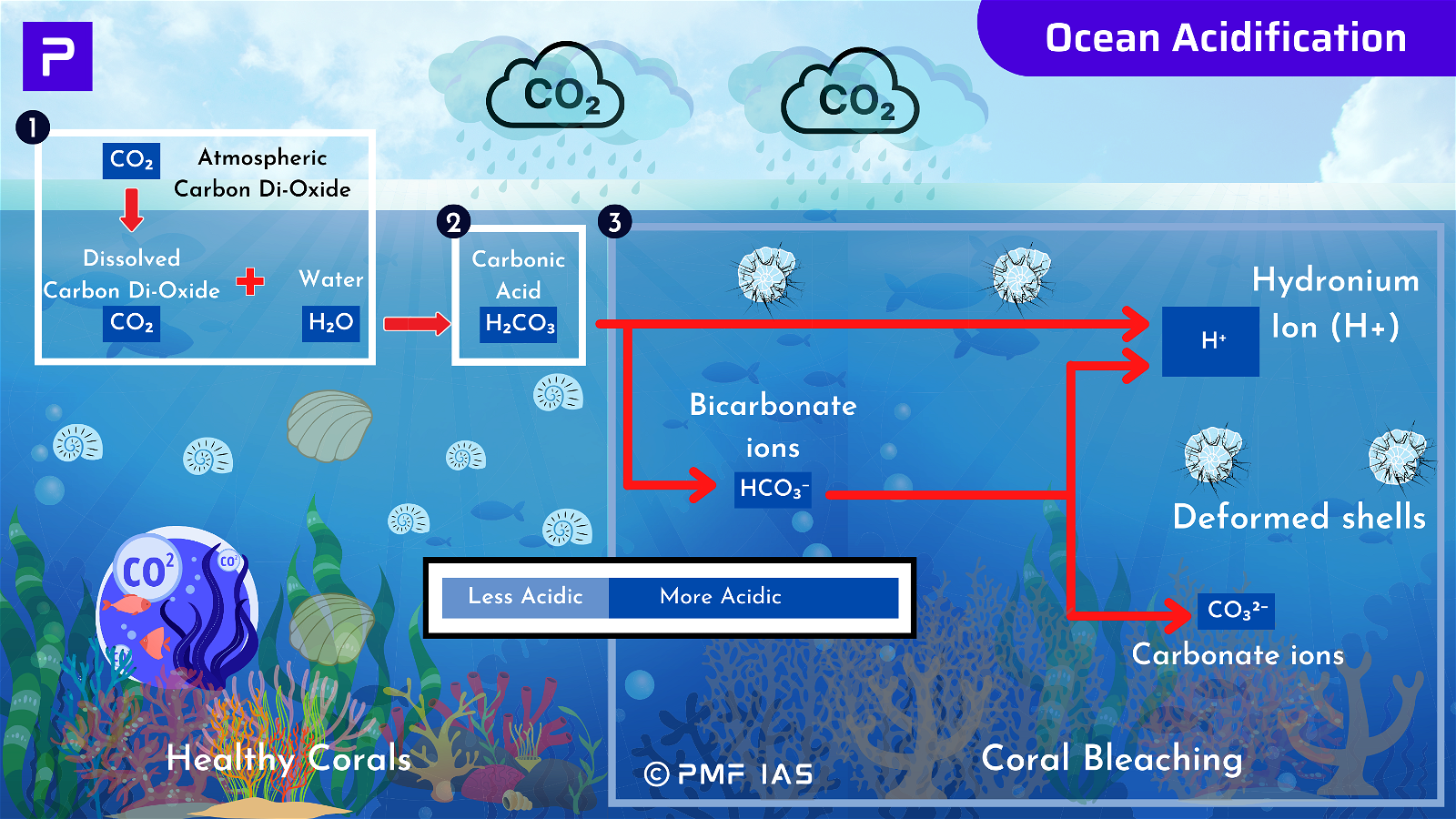
Current Affairs for UPSC Civil Services Exam – April 17, 2024
Subscribers of "Current Affairs" course can Download Daily Current Affairs in PDF/DOC
Subscribe to Never Miss an Important Update! Assured Discounts on New Products!
Must Join PMF IAS Telegram Channel & PMF IAS History Telegram Channel
{GS1 – A&C – Personalities} Thiruvalluvar
- Context (IE): The BJP’s manifesto for the LS election promises to establish Thiruvalluvar Cultural Centres across the globe to showcase Bharat’s rich culture.
Key Points related to Thiruvalluvar
- Thiruvalluvar, also called Valluvar, was a Tamil poet-saint.
- The period when he lived is debated, as is his religious identity.
- Some accounts place him in the 3rd or 4th century CE; others date him to around 500 years later, in the 8th or 9th century.
- He is thought to be linked to Jainism. However, Hindus have also claimed that Thiruvalluvar belonged to Hinduism.
- Many communities revere Valluvar as the 64th Nayanmar of the Shaivite tradition, notably those in Mylapore and Tiruchuli.
- Dravidian groups also count him as a saint, as he dismissed the caste system.
- Thiruvalluvar Day: Thiruvalluvar Day was first celebrated on May 17 and 18 in 1935.
- At present, it is usually observed either on January 15 or 16 in Tamil Nadu and is a part of Pongal celebrations.
- Thiruvalluvar’s philosophy stresses the importance of ethics and emphasizes self-discipline, honesty, and equality.
- Thiruvalluvar is nowhere mentioned in thirukkural; he is named first in a later collection of verses known as ‘Thiruvalluva Malai’.
Thirukkural
- Tirukkural (Tamil: “Sacred Couplets”), also called Kural, is a classic Tamil text written by Thiruvalluvar.
- It has had an immense influence on Tamil culture and life.
- It is a collection of 1,330 couplets (kurals) that offer timeless wisdom on various aspects of life, including ethics, governance, love, and spirituality.
- Thirukkural is divided into three main parts or books:
- Aram (Virtue)- 38 Sections
- Porul (Wealth)- 70 Sections
- Inbam (Love).- 25 Sections
Aram
- It discusses virtues such as righteousness, truth, gratitude, and compassion.
- It emphasises the importance of leading a righteous life and upholding moral values in all circumstances.
Porul
- It provides insights into worldly affairs, including governance, economy, and friendship.
- It offers wisdom on topics like wealth management, administration, and the value of a good company.
Inbam
- It delves into the complexities of human emotions, love, and family life.
Structure and Themes
- It contains 1330 couplets, which are divided into 133 sections of 10 couplets each.
- The couplets are composed in a concise and poetic form, making them easily memorable and quotable.
- Kurals are an essential part of every Tamil household—in the same way that, say, the Bhagavad Gita or the Ramayana/ Ramcharitmanas are in traditional North Indian Hindu households.
- It is considered one of the greatest works on ethics and morality, and it is known for its universality and secular nature.
- It places a strong emphasis on moral vegetarianism and nonviolence as personal characteristics.
- It emphasises integrity, restraint, thankfulness, hospitality, kindness, wifely goodness, duty, generosity, and other virtues.
- Chapters on household life, friendship, and love are also included.
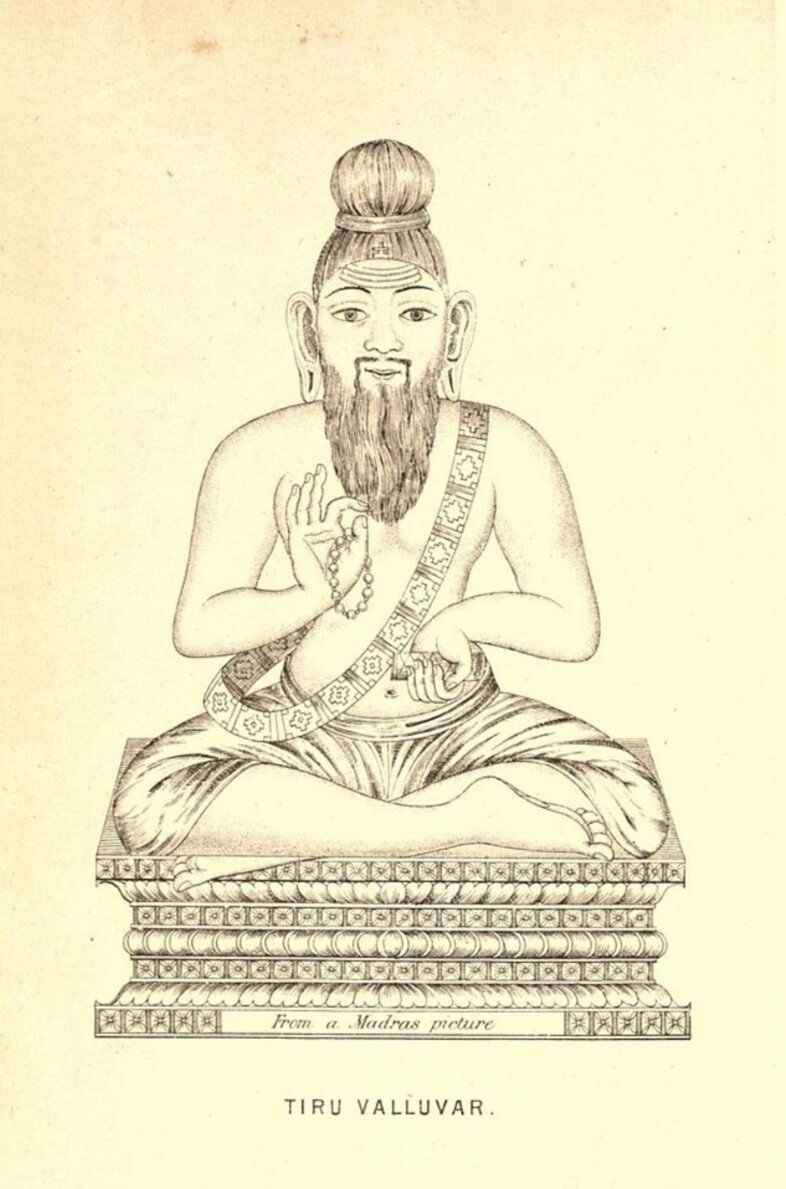
{GS2 – IR – Africa} Sudan Crisis
- Context (IE): Diplomats met in Paris in order to raise humanitarian aid for crisis-hit Sudan.
- Sudan is on the verge of famine in the aftermath of the crisis.
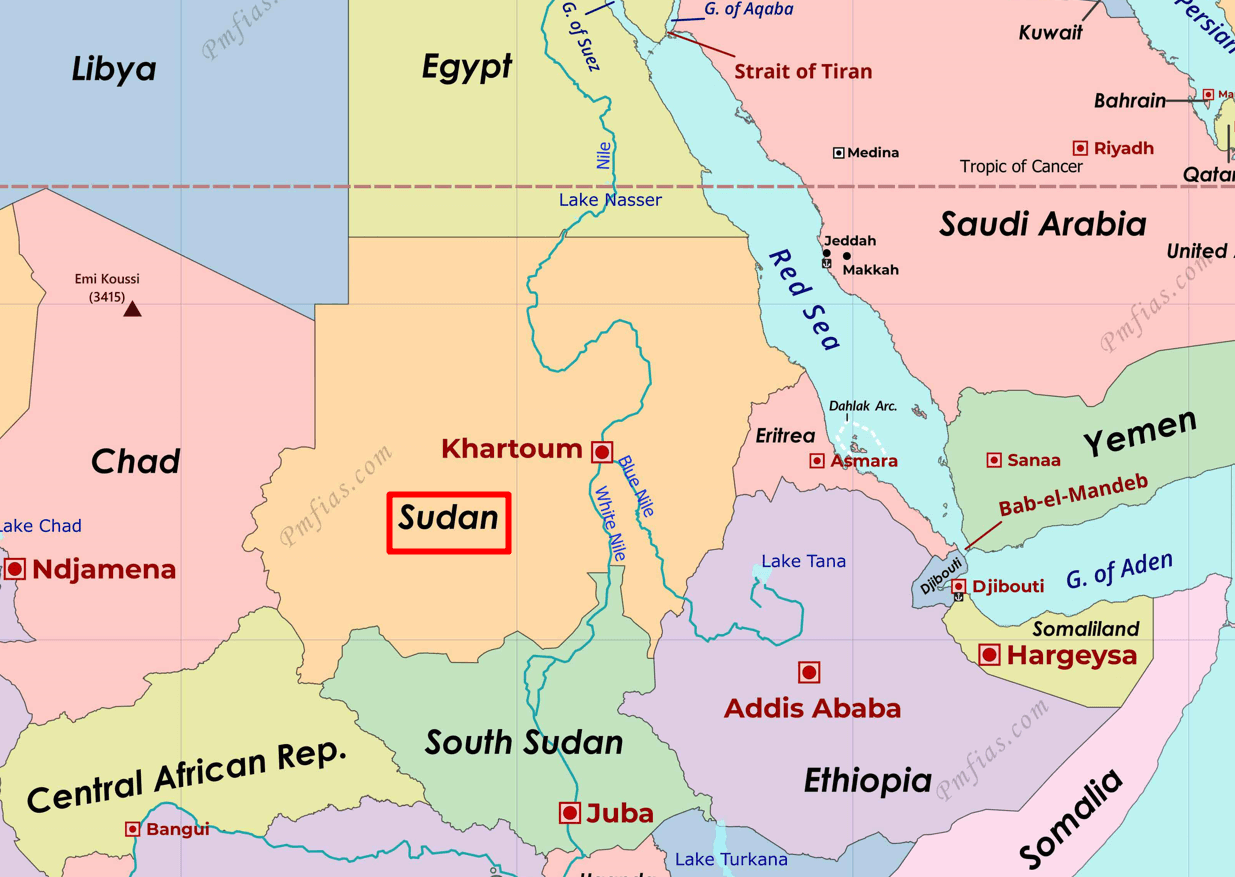
Sudan crisis
- Military coup 2019: Military generals ousted dictator Omar al-Bashir amid a popular uprising against rising corruption, increasing costs of living, and repression of social groups.
- Power sharing: After the 2019 coup, civilian groups and the military decided to share power.
- Military coup 2021: General Burhan and Dagalo of the paramilitary Rapid Support Forces (RSF) led it. Former dictator Omar al-Bashir founded RSF as an Arab counterinsurgency militia in the Darfur region.
|
Current situation
- Post 2021, the military coalition assured that elections would take place and blamed the civilian groups for causing instability due to infighting.
- In 2023, General Burhan and Dagalo’s rift over the RSF’s role in Sudan came to the fore.
- Indian workers, particularly from the Hakki Pikki tribal community, were in Sudan during a crisis in 2023.
- Jeddah talks: Saudi Arabia and the United States led talks to initiate a truce between Sudan’s army and the paramilitary Rapid Support Forces (RSF), but it failed.
|
{GS2 – IR – Asia} Armenia and Azerbaijan at ICJ
- Context (TH): Armenia accused Azerbaijan at the International Court of Justice (ICJ) court of ethnic cleansing in Nagorno-Karabakh.

- Both have fought two wars in the early 1990s and 2020. Azerbaijan retook full control of Nagorno-Karabakh in September 2023.
- Both countries are now embroiled in a legal dispute at the International Court of Justice (ICJ) over it.
Armenia’s allegations
- Violation of CERD: For decades, Azerbaijan has been violating the International Convention on the Elimination of All Forms of Racial Discrimination (CERD).
- Racial hatred: Ethnic hatred against Armenians and the atrocities committed during the war.
Azerbaijan’s counter arguments
- Free return of Armenians: Armenians were free to return if accepted to live under Azerbaijani rule.
- Abuse of ICJ process: Armenia abused the ICJ & called “public media campaign against Azerbaijan”.
- Prefers negotiations: Armenia doesn’t want to settle disputes at the negotiating table.
- No jurisdiction of ICJ: Armenia’s allegation against Azerbaijan does not fall under the CERD, and therefore, the court has no jurisdiction.
To know more about the issue, visit > Nagorno-Karabakh Region.
{GS2 – Polity – IC – Elections} Election Symbols
- Context (IE): The SC refused to entertain a petition filed by the ruling Bharat Rashtra Samiti (BRS) party in Telangana, challenging the allotment of election symbols to two other parties.
- BRS argued that the symbols allotted to the parties looked similar to BRS’s car symbol. This might confuse voters during elections.
Election Symbols in India
- An electoral or election symbol is a standardised symbol allocated to a political party.
- They are used by the parties during their campaigning and are shown on Electronic Voting Machines (EVMs), where the voter chooses the symbol and votes for the associated party.
- They were introduced to facilitate voting by illiterate people who can’t read the name of the party while casting their votes.
- In the 1960s, it was proposed that the regulation, reservation, and allotment of electoral symbols should be done through a law of Parliament, i.e., Symbol Order.
- The ECI stated that the recognition of political parties is supervised by the provisions of the Election Symbols (Reservation and Allotment) Order, 1968, and so will the allotment of symbols.
- Symbols can be either reserved, meaning they are exclusive to a recognised political party (having garnered a minimum amount of votes or seats at the national or state level elections), or ‘free’.
- The EC registers political parties for elections and grants them recognition as national or state parties on the basis of their poll performance.
- The other parties are declared as registered-unrecognised parties.
- Recognition determines their right to certain privileges, such as allocation of party symbols, provision of time for political broadcasts on television and radio stations, and access to electoral rolls.
- Every national party and every state party is allotted a symbol exclusively reserved for its use throughout the country and the states, respectively.
- Unrecognised registered parties’ candidates, for instance, can choose from free, non-exclusive symbols.
- After being selected by parties, in subsequent elections, these symbols are declared free again for others to choose.
Do political parties get to state their preferences?
- The 1968 order mandates the EC to provide for the specification, reservation, choice, and allotment of symbols at parliamentary and assembly elections for the recognition of political parties.
- Unregistered parties are supposed to give the names of ten symbols, in order of preference, out of the list of free symbols notified by the commission.
- As per the 1968 order, the party may, if it so desires, also propose three new symbols of their choice, with the names and clear designs and drawings of the symbols, in the order of preference.
- The ECI, then, may consider these symbols for allotment as its common symbol if it finds no objection to allotting such a symbol.
- The parties’ proposed symbols should not resemble the existing reserved symbols or free symbols, have any religious or communal connotation, or depict any bird or animal.
Election Symbols (Reservation and Allotment) Order, 1968
- The Election Commission (EC) promulgated this order in 1968.
- The Election Symbols Order provides for:
- Specification, reservation, choice and allotment of symbols at elections in Parliamentary and State Assembly constituencies.
- Registration, de-registration, recognition and derecognition of political parties.
- Conditions a party must fulfil to become a national or a state party.
- Resolving disputes involving splits in recognised parties or the merger of political parties.
- The EC is the only authority to decide issues on a dispute or a merger under the order.
- The SC upheld its validity in Sadiq Ali and another vs. ECI in 1971.
Constitutional Validity of the Symbols Order
- The constitutional validity of the Symbols Order was challenged in Kanhaiyalal Omar v. R K Trivedi (1986).
- The main objection was that Article 324 of the IC could not be interpreted to have vested legislative powers to the ECI to issue such an order.
- The SC repudiated this argument on two grounds:
- Conduct of Election Rules, 1961
- Article 327
Conduct of Election Rules, 1961
- Rule 5 obliges the EC to specify symbols used by the political parties in Parliamentary/State Elections.
- Rule 10(4) empowers the ECI to issue general or specific directions to the returning officers at the booth regarding the allotment of symbols.
- Rule 10(5) authorises the Commission to revise the allotment of the symbols by the returning officers if they are inconsistent with the directions issued by the EC.
- In light of these rules, ECI has the legal authority to promulgate the Symbols Order.
Article 327
- Article 327 provides that Parliament may make provisions concerning all matters relating to elections to the House of Parliament/State Legislature, subject to provisions of IC, including Article 324.
- Article 324: Superintendence, direction & control of elections to be vested in an Election Commission.
- So, the EC is empowered to issue such orders in light of its broad powers under the IC.
Party Disputes
- EC is the only authority to decide on a dispute in a political party or a merger of political parties.
- The Symbols Order mandates that when the EC is satisfied that there are two splinter groups within a recognised party, the question comes within the ECI’s jurisdiction for adjudication.
- ECI decides the dispute based on a claimant’s support within a political party in its organisational wing (office-bearers) and its legislative wing (MPs and MLAs).
- Generally, the EC’s decision is based on three tests as outlined in the Sadiq Ali case. These tests include:
- Test of Aims and Objects of the Party Constitution
- Test of Party Constitution and
- Test of Majority
- The Sadiq Ali order is not about the legislative majority alone. It was about considering all viable tests.
- Whenever the EC could not test the strength of rival groups based on support within the party organisation, it only considered the majority among elected MPs and MLAs.
- The ECI may decide the dispute in favour of one faction, give the name and symbol of that recognised party, and permit the other group to register as a separate political party.
- If both the legislative wing and organisational wing are found indecisive, the ECI also freezes the symbol and asks both factions to choose a new symbol and register themselves with new names.
- In 1969, in the first Congress split, the ECI recognised both the Congress (O) and Congress (R) parties.
- If reunited in future, the claimants may approach the EC again and seek to be recognised as a unified party.
- ECI may restore the symbol and name of the original party.
- For splits in registered but unrecognised parties, the ECI usually advises the warring factions to resolve their differences internally or to approach the court.
- The decision of the Commission is binding on all such rival sections or groups.
What happens to the group that does not get the parent party’s symbol?
- Before 1997, ECI used to recognise the party that did not get the symbol based on the criteria fixed for party recognition under Paras 6 and 7 of the Symbols Order.
- If the breakaway party had the support of sufficient MPs/MLAs, as per the criteria, the EC recognised it as a National/State Party.
- In 1997, the EC felt that merely having MPs and MLAs was not enough, as the elected representatives had fought and won polls on tickets of their parent (undivided) parties.
- The EC introduced a new rule under which the party’s splinter group—other than the group that got the party symbol—had to register itself as a separate party.
- These parties could claim national or state party status only on the basis of their performance in state or central elections after registration.
{GS3 – Envi – Degradation} Chennai Water Crisis
- Context (DTE): Veeranam Lake, Chennai’s major water source, has dried up as the summer heat intensifies, exacerbating Chennai’s water scarcity.
- On April 15, 2024, Veeranam Lake’s water storage was recorded at zero million cubic feet (mcft). On the same date last year, the lake held 687.40 mcft of water, while its total capacity was 1,465 mcft.
- Recently, the lack of inflow from the Mettur dam halted the water supply from Veeranam Lake. Other Chennai reservoirs are also experiencing declines.
- The Central Water Commission (CWC) classified water levels in the Cauvery basin as deficient on April 5, 2024.
Chennai’s Water Sources
- Chennai utilises various water sources, including surface water, groundwater, and desalinated seawater.
- Reservoirs of Chennai: Poondi Lake, Cholavaram Lake, Puzhal Lake, Kannankottai Thervoy Kandigai, and Chembarambakkam Lake.
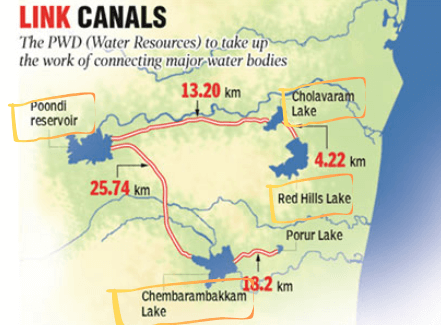
Concerns of widening water demand-supply gap
- Chennai, with a population of 9 million, faces a chronic imbalance in water demand and supply.
- Despite a monthly demand of 2,232 million litres per day (MLD), CMWSSB supplies only 1,070 MLD, resulting in a persistent demand-supply gap.
- Chennai’s water demand is forecasted to reach 2,365 MLD by 2030, with estimated supplies of 1,988 MLD by 2040 and 2,049 MLD by 2050.
- Chennai heavily relies on rainfall, with an average annual precipitation of 900-1,000 mm, but due to population growth, the demand for water exceeds the available supply.
- A joint study by Anna University, Chennai and the Indian Institute of Technology, Madras, predicts a widening water demand-supply gap in Chennai.
- By 2030, the gap is expected to reach nearly 466 million litres per day (MLD).
Reasons contributing to the water demand-supply gap
- Factors such as rapid urbanisation and climate change exacerbate this gap.
- Depleted groundwater sources, seawater intrusion, and insufficient rainfall contribute to the problem.
- Cyclonic rainfall presents challenges due to its concentration along the coast within a limited area of 10-15 kilometres. Chennai’s flat terrain makes storing such rainfall difficult, necessitating alternative methods like groundwater recharge and rainwater harvesting.
Way Forward
- Experts advocate for a multifaceted approach to water resource management, including groundwater recharge, desalination expansion, and reclaimed water usage, especially the use of industrial wastewater.
- Implementing these interventions concurrently could significantly reduce the demand-supply gap, with projected drops to 110 MLD by 2030, 250 MLD by 2040, and 454 MLD by 2050.
- Without effective policy governance and widespread adoption of rainwater harvesting practices, Chennai may face Day Zero, where the city’s water sources are completely depleted.
To know about Bengaluru Water Crisis in detail, visit Bengaluru Water Crisis
{GS3 – Envi – Degradation} Fourth Global Mass Coral Bleaching
- Context (DTE): The National Oceanic and Atmospheric Administration’s (NOAA) Coral Reef Watch (CRW) and the International Coral Reef Initiative (ICRI) confirm the fourth global mass coral bleaching event in 2023-2024.
- Bleaching occurred in 53 countries, territories, and local economies across five ocean/sea basins from February 2023 to April 2024.
- This is the second such event in the last decade, following the one from 2014 to 2017.
- CRW declares a global mass coral bleaching event when it observes bleaching in all ocean basins.
What is coral bleaching?
- Hard corals (different from soft corals, which do not have a shell) have single-celled algae on their shells in a symbiotic relationship.
- Rising sea surface temperatures cause the algae on hard corals to die off, turning the corals white in a process called bleaching.
- Bleached corals become vulnerable to diseases and can eventually die.
- When corals die, other marine species depending on them also die or relocate. Around 25% of marine species depend on coral reefs during some life stages.
- With proper management of stressors like marine pollution and ocean acidification, corals can recover their health.
Threats
- Coral reefs face threats from rising sea surface temperatures, marine heatwaves, ocean acidification, and pollution.
- Marine heatwaves involve prolonged periods of high temperatures in vast ocean areas.
- According to the World Meteorological Organization (WMO) and the European Union’s Copernicus Climate Change Service (C3S), 2023 was the hottest year on record for both the atmosphere and oceans.
- El Nino conditions in the equatorial Pacific Ocean, starting in July, contributed to the warming trend.
{GS3 – IE – Development} Tamil Nadu’s Decentralised Industrialisation
- Context (IE): Tamil Nadu holds the top position among Indian states for economic complexity.
- In Tamil Nadu, the farm sector’s share in the gross value added (GVA), which is GDP net of product taxes and subsidies, is below the national average.
- Similarly, the farm sector’s share in the employed labour force in Tamil Nadu is also below the national average.
- This lower dependence on agriculture is balanced by higher shares of industry, services, and construction in Tamil Nadu’s economy compared to the national average.
Comparison with the state of Gujarat
- Gujarat’s economy is more industrialised compared to Tamil Nadu.
- Factory sector in Gujarat generates 43.4% of the state’s Gross Value Added (GVA) and employs 24.6% of its workforce. In contrast, TN’s factory sector contributes 22.7% to its GVA and engages 17.9% of its workforce.
- However, Gujarat has a higher share of agriculture in its economy compared to TN. Agriculture accounts for 15.9% of Gujarat’s GVA and employs 41.8% of its workforce. In TN, agriculture contributes 12.6% to the GVA and employs 28.9% of the workforce.
- This makes Gujarat’s economy less diversified and balanced compared to Tamil Nadu.
Reasons for greater Economic Complexity
Dominance of medium-scale businesses
- Tamil Nadu (TN) has a few large business houses with annual revenues exceeding Rs 15,000 crore. However, in terms of turnover, they are not as large as companies like Tata, Reliance, Aditya Birla, etc.
- TN’s economic growth has been driven more by medium-scale businesses, with turnovers ranging from Rs 100 crore to Rs 5,000 crore.
Decentralised industrialisation focused on the development of clusters
- These clusters have emerged in small urban or peri-urban centres.
- They provide employment opportunities to people from surrounding villages.
- These clusters offer diversification options beyond agriculture. As a result, the proportion of Tamil Nadu’s workforce dependent on farming has reduced.
- For example, The knitwear industry in Tirupur employs around 800,000 people. Many of these workers come from states like Uttar Pradesh, Bihar, Jharkhand, Odisha, and Assam.
- TN’s success in industrialization and diversification beyond agriculture is likely due to grassroots entrepreneurship, coupled with significant investments in public health and education.
Tamilnadu’s well-known clusters & their specialisation in particular industries
| Cluster | Specialisation |
| Tirupur | Known for cotton knitwear, with high exports and domestic sales. |
| Coimbatore | It is prominent for spinning mills and engineering goods, including auto components and wet grinders. |
| Sivakasi | Specialises in safety matches, firecrackers, and printing. |
| Salem, Erode, Karur, and Somanur | Known for power looms and home textiles. |
| Vaniyambadi, Ambur, and Ranipet | Renowned for leather production. |
| Karur | Known for power looms, bus body builders, and manufacturers of mosquito and fishing nets. |
| Dindigul | Hosts spinning mills and leather tanneries. |
| Namakkal | It is famous for layer poultry farms, large lorry fleets, bulk cargo logistics operators, and tapioca-based sago (sabudana) factories. |
| Erode | It is renowned as a textile and “turmeric city.” |
| Tiruchengode | Known as India’s “borewell rigs capital.” |
{GS3 – IE – Industry} ‘Perquisite Value’ to e-2-wheelers
- Context (DTE): The perquisite value of electric bicycles and two-wheelers provided by companies can significantly influence the adoption of sustainable transportation.
- Perquisites are additional benefits given to corporate employees besides their salary.
Concern
- While the Income-tax Act exempts vehicles provided for office commute from perquisite value, there’s ambiguity regarding electric vehicles.
- This ambiguity leads to companies’ hesitation to offer sustainable commute options, resulting in increased reliance on cars and cab services, which contributes to urban congestion and pollution.
- Clear guidance from tax authorities is needed to encourage companies to provide electric bicycles and two-wheelers as tax-efficient benefits to employees.
What needs to be done?
- The Central Board of Direct Taxes needs to clarify the perquisite value of company-provided electric two-wheelers or bicycles.
- The perquisite value should either be declared as ‘nil’ or assigned a clear valuation.
- There’s a necessity to review the taxation regime and provide clarity on the perquisite value of these sustainable commuting options.
Why is it needed?
- Despite the Indian government’s tax break on electric vehicles (EVs) in the 2019-20 budget, the adoption of electric two-wheelers remains limited.
- The tax break allowed a deduction of up to Rs 1.5 lakh on the interest paid on loans taken to purchase EVs, along with a GST reduction from 12 per cent to 5 per cent.
- However, these tax benefits were temporary and were set to expire in March 2023.
Way forward
- Increased adoption of electric two-wheelers could support the concept of the ‘15-minute city,’ where essential amenities are within a 15-minute biking or walking distance for residents.
- For widespread adoption of bicycles, Indian cities need suitable infrastructure and regulations to ensure public safety and convenience.
- The UK has successfully implemented a cycle-to-work scheme, enabling 1.6 million office commuters to use cycles and electric two-wheelers.
- Following a similar path in India could potentially transition at least an additional two million corporate employees to cycles and electric two-wheelers within the next five years.
{GS3 – IE – Securities} RBI allows FIIs to invest in Green Bonds
- Context (TH): The Reserve Bank of India (RBI) allowed investments in the country’s Sovereign Green Bonds (SGrBs) by Foreign Institutional Investors (FIIs).
|
Sovereign Green Bonds (SGrBs)
- Government debt to specifically fund projects to accelerate the transition to a low-carbon economy.
- In the 2022-23 Union Budget, the Indian govt. announced the SGrBs to fund govt. green projects.
- The RBI issued SGrBs worth ₹16,000 crore in two tranches last year, with maturities in 2028 and 2033.
- These bonds qualify as green government securities (G-Secs) for the Statutory Liquidity Ratio (SLR) and Repurchase Transactions (Repo). They are also tradable in the secondary market.
- These were oversubscribed mainly by domestic financial institutions & banks.
- However, it raises the concern that it narrows the government’s borrowing avenues.
|
Benefits of SGrBs
- Widened pool: It will add up to the capital available to fund the country’s green ambitions.
- Diversification by FIIs: FIIs are interested in diversifying their pool of green investments with considerable regulatory support, particularly in developed countries.
- Green credentials: FIIs might also seek to gain green credentials when such investments are not available in their home markets.
- Addressing greenwashing: India has successfully addressed greenwashing fears with the Sovereign Green Bonds Framework in late 2022.
India’s Sovereign Green Bonds Framework 2022
Eligible Projects
Excluded Sectors
|
{Prelims – In News} Hakki Pikki tribe
- They live mostly in west and south India, especially near forest areas in Karnataka.
- Hakki in Kannada means ‘bird’, and Pikki means ‘catchers’; hence, the name means bird catchers.
- In northern Karnataka and Maharashtra, they are referred to as Mel-Shikari.
Social divisions
- They had four clans (Gujaratia, Panwar, Kaliwala, and Mewaras) arranged traditionally like the traditional Hindu caste system, with the Gujaratia at the top and the Mewaras at the bottom.
Occupation
- Traditionally, they follow a semi-nomadic life, staying for three months at permanent camps.
- Earlier, men of the tribe would hunt while women resorted to begging.
- After strict wildlife laws, they now depend on forest produce and sell spices and herbal oils.
History of migration
- They are believed to hail originally from the bordering districts of Gujarat and Rajasthan. Now, spread across the southern states.
- Traditionally, they dressed similarly to Rajasthan, dressing like ghagra (skirt).
- In recent periods, they migrated overseas, especially in Africa, to trade in spices.
Rituals and customs
- They follow Hindu traditions and are mostly non-vegetarian.
- The eldest son in a family is not supposed to cut his hair for easy identification.
- The tribe is matriarchal and has a preference for cross-cousin marriages.
- The groom gives a dowry to the bride’s family. Monogamy is the norm.





![PMF IAS Environment for UPSC 2022-23 [paperback] PMF IAS [Nov 30, 2021]…](https://pmfias.b-cdn.net/wp-content/uploads/2024/04/pmfiasenvironmentforupsc2022-23paperbackpmfiasnov302021.jpg)
